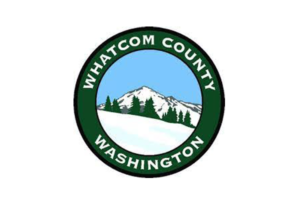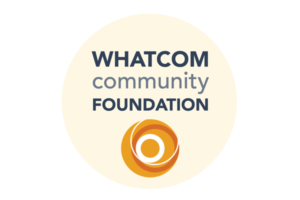If ever there was a time to seek solutions toward building more resilient communities, it is now. Regardless of social and political debates around climate change, society has reached a point where humans’ impact on the natural environment has resulted in devastating events causing loss of life, destruction of property and infrastructure, breakdown of support systems, deepening of inequities, spread of disease, and economic downturn. This year alone, the United States has experienced an unprecedented number of such events, including the COVID-19 pandemic, tornadoes in the East, wildfires in the West, a derecho in the Midwest, hurricanes in the Southeast, and the ongoing extremes of drought and flooding across the country. For individuals facing these crises, the physical, emotional, social, and financial stress is devastating but also cultivates a deep desire to find solutions to avoid or reduce them.
As we behold and are humbled by the incredible power of this natural world, perhaps we should also seek to learn from it as well. Although romantic ideals of nature as balanced and in harmony are perpetuated in society, ecologists have long understood that natural systems are dynamic, competitive, and constantly in flux. Complex ecological systems thrive when they are focused not only on efficiency but, more importantly, on resilience, on being able to anticipate, absorb, adapt, recover, transform, and prepare for past and future shocks and stresses.
Instead of assuming that each destructive event is a singular, isolated incident, communities have an opportunity to learn all they can during recovery, to take the time to rebuild with intention, and to adapt failed systems to better withstand future threats. While many people may understand this is a good practice in theory, the reality proves to be incredibly challenging. After major disasters, the pressure to rebuild and resume business as usual is immense. Change is inherently uncomfortable, and many communities do not have the leadership or expertise needed to rethink and redesign traditional systems. Effectively facilitating this type of cross-sector collaboration is challenging during periods of normalcy, much less on the heels of a devastating event.
One of the aspects of systems design that continues to lure us back in is the pull toward efficiency and convenience. As the Organisation for Economic Co-operation and Development states, “Aspiring for maximum efficiency and optimisation, such systems have neglected resilience against disruptions whose shocks may leave governments, the public, and the environment in a weakened state. More specifically, the concentration of industrial capacities and economic activity into smaller and more efficient sectors, up to the international level, has produced highly lucrative yet fragile supply chains, and economic exchanges whose disruptions could have significant effects in unexpected areas.”
This has been clearly demonstrated in 2020 through the failure of the United States’ food supply chain, a system built with the bottom line at the top and people at the bottom. The collapse amplified the weaknesses in the system, as produce was left to rot in the fields in communities where children went hungry without school lunches to feed them. For those working in the food system, these were well-known issues, and thousands of organizations have spent decades working to change the system to increase access, equity, economic viability, and ultimately resilience.
Although catalyzed by catastrophe, the U.S. food system has experienced an incredible shift in support toward local food, food access, worker protection, food safety, and backyard gardening from small rural towns all the way to the USDA. The essential nature of food and its ability to impact every single American has provided an opportunity (and incentive) for society to demonstrate the capacity for building a resilient system. Based on incredible collaborations, innovative initiatives, and leadership from existing organizations working in this space, this could be a true testament to how to reimagine outdated systems to thrive in the face of a changing climate and society.
While I’ve had the pleasure of working with leaders in the Southeast for over a decade, working with New Venture Advisors has provided an opportunity to see this type of leadership and innovation at the national level. Check out some of the projects here!
If you are currently preparing for or recovering from a natural disaster, here are some resources. Although targeted toward farmers, they are appropriate for many businesses.
General Disaster Relief Agencies
Many key federal agencies have created resource guides to help those who are in disaster areas access resources to help with the recovery process.
For Farmers and Food Producers
Hurricane Preparedness
- Preparing for a Hurricane, an easy to follow guide to prepare for the hurricane season, created by Wit Meets Grit
Food Safety and Flooding
Regardless of existing and pending regulations and mandates, it is important to document, evaluate, and determine the risks and decide if a third-party food safety inspector is needed to assess damage or test soils/plants. Also note, there is a difference between a heavy rain event and flooding and the risks associated with each.
- How to Handle Flooded Fields, by the Carolina Farm Stewardship Association
- Handling Flooded Produce, from the University of Vermont
Recovery and Repair
As soon as it is safe to get back outside and get to work on the repairs, it is important to continue to beware of the risks and best practices.
- Emergency Preparation and Recovery Handbook, created by the Alabama Cooperative Extension, covers a range of specific recovery guides from disasters including floods and fires.
Image: enviromantic / iStock



